Roofing Services in Dartford are essential for safeguarding your property’s value, comfort, and safety—preventing leaks, damp, and unnecessary energy loss. Our trusted specialists serve London and the Home Counties, including Kent, Surrey, West Sussex, and Berkshire, delivering every project with full regulatory compliance, care, and an unwavering commitment to long-term performance.
With decades of experience, accreditations from Which Trusted Trader and CITB, and premium materials from Welsh Slate, ALM Lead, and Kemper, you get assurance on every job. Book a free survey today and protect your property.

Neglecting roofing issues exposes your property to leaks, expensive damp, energy loss, and hidden structural deterioration. Delaying action always drives up risks and long-term costs.

Professional Roofing Services in Dartford resolves these threats—upgrading weather protection, insulation, and full building compliance for peace of mind. Homeowners secure reliable comfort, landlords protect long-term value, and businesses maintain safety and efficiency. Proactive care is a secure investment whether for repair, upgrade, heritage restoration, or future-proofing your building.
Roofing Services in Dartford includes expert installation, repairs, upgrades, and restorations for homes, commercial buildings, and historic properties. Every service uses high-quality materials from trusted suppliers, complies with Building Regulations and is tailored to your property for maximum safety, performance, and longevity.
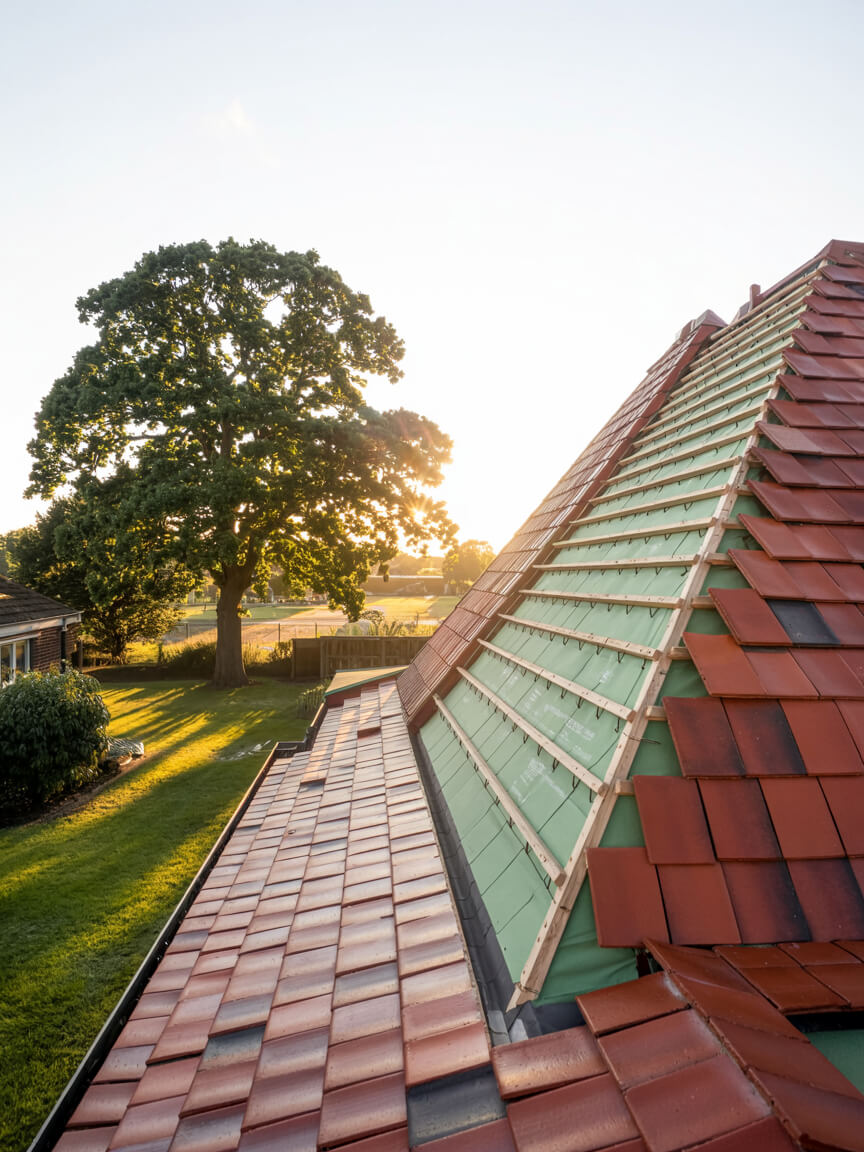
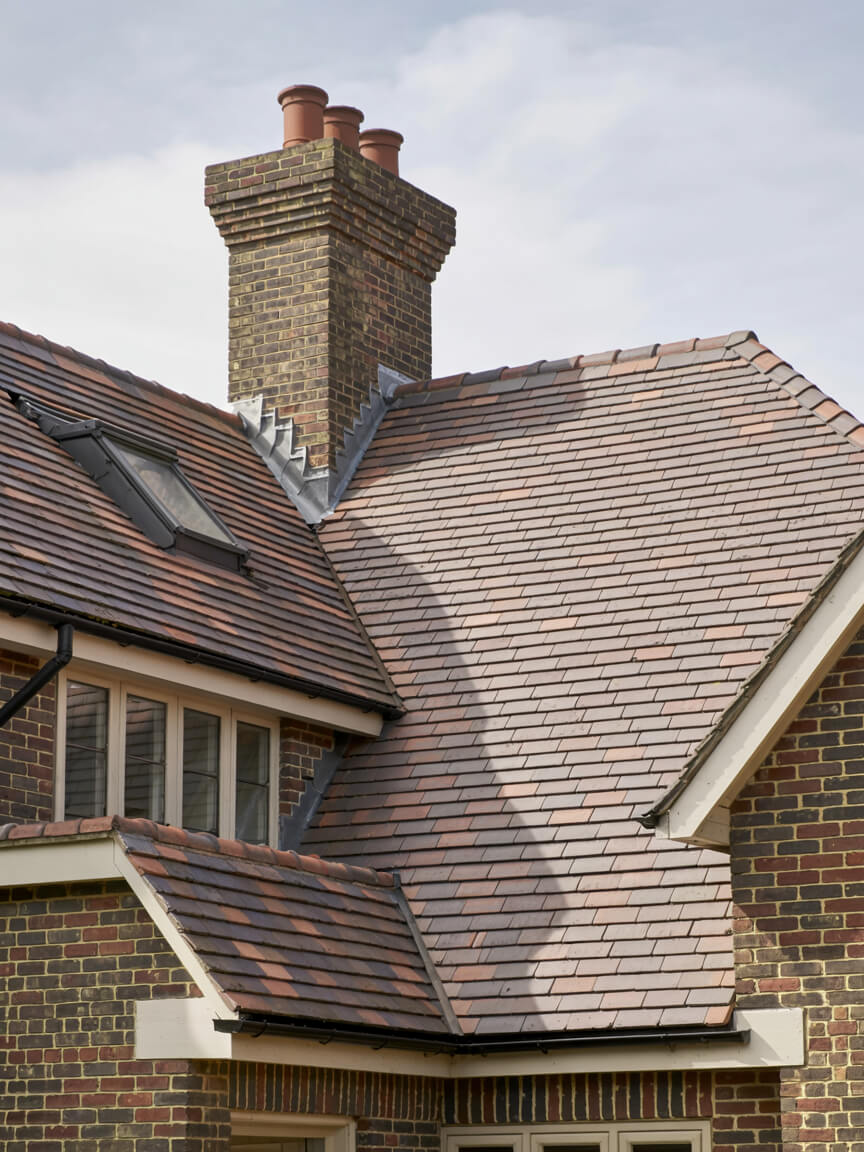
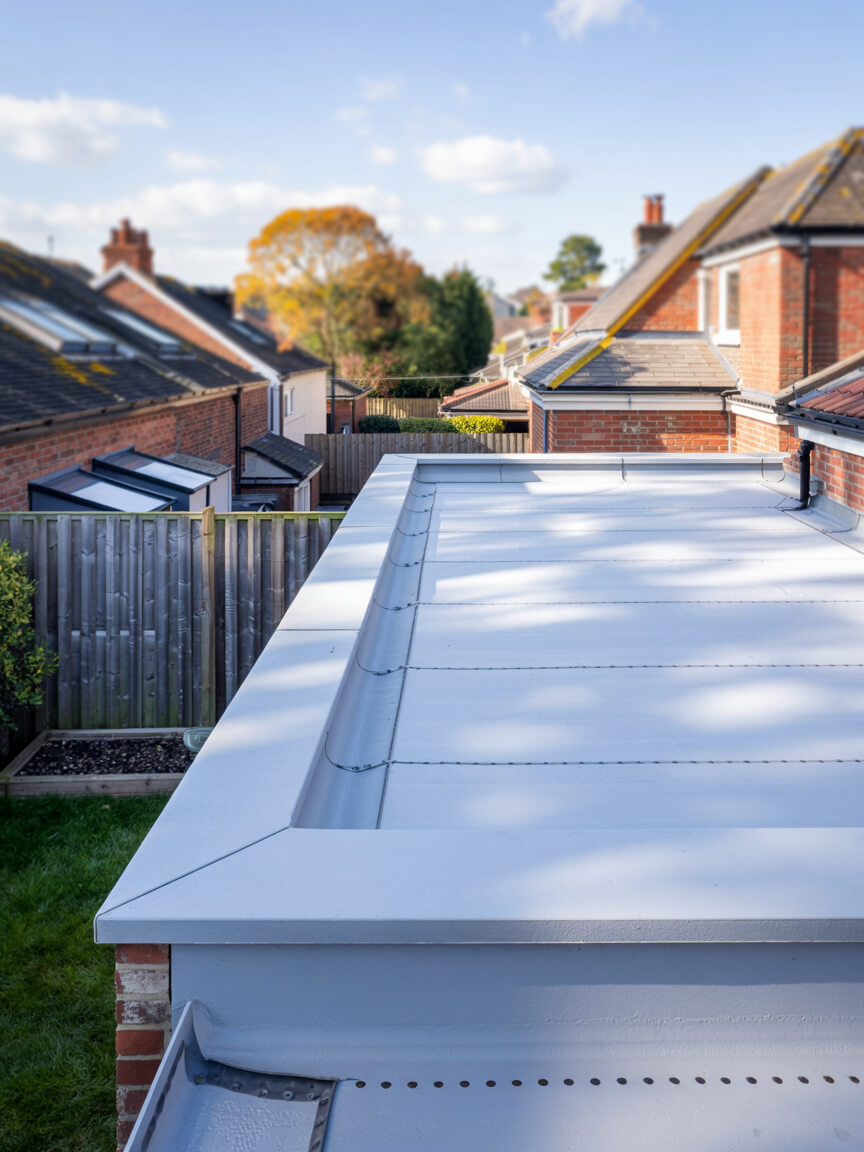
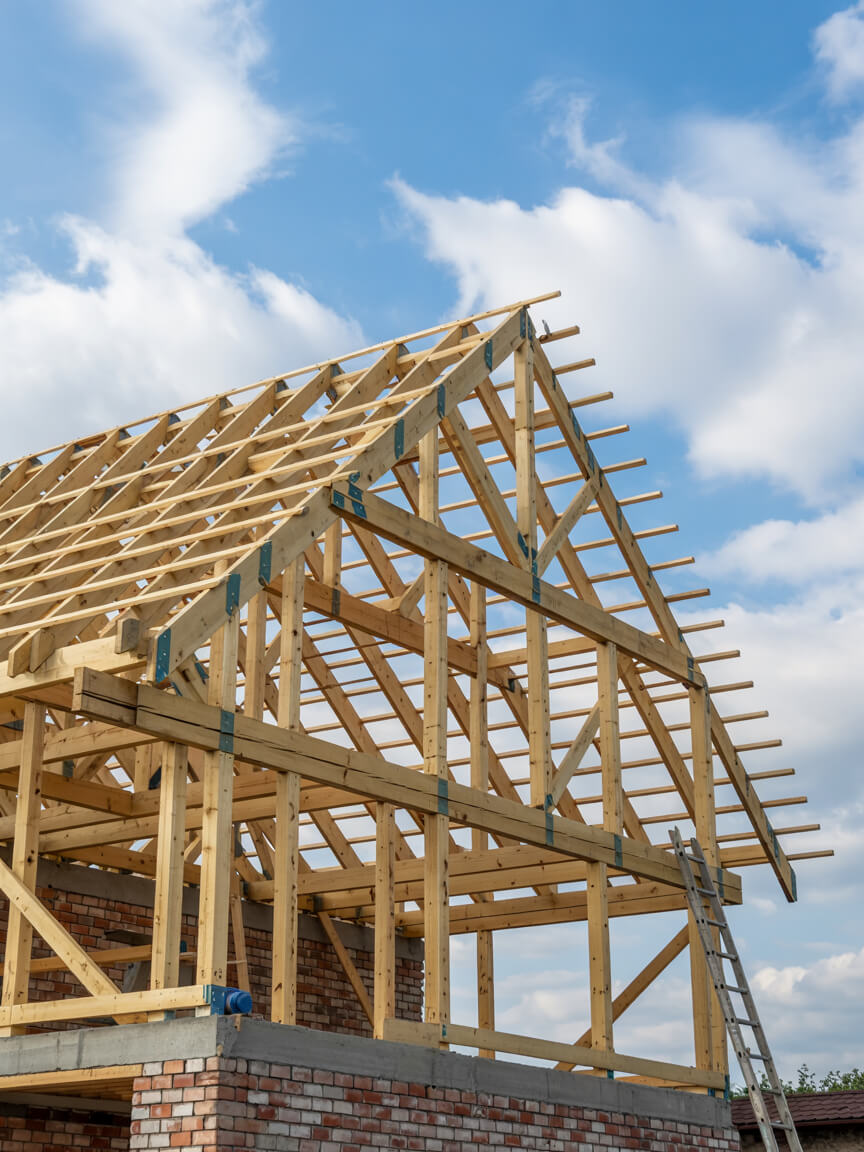
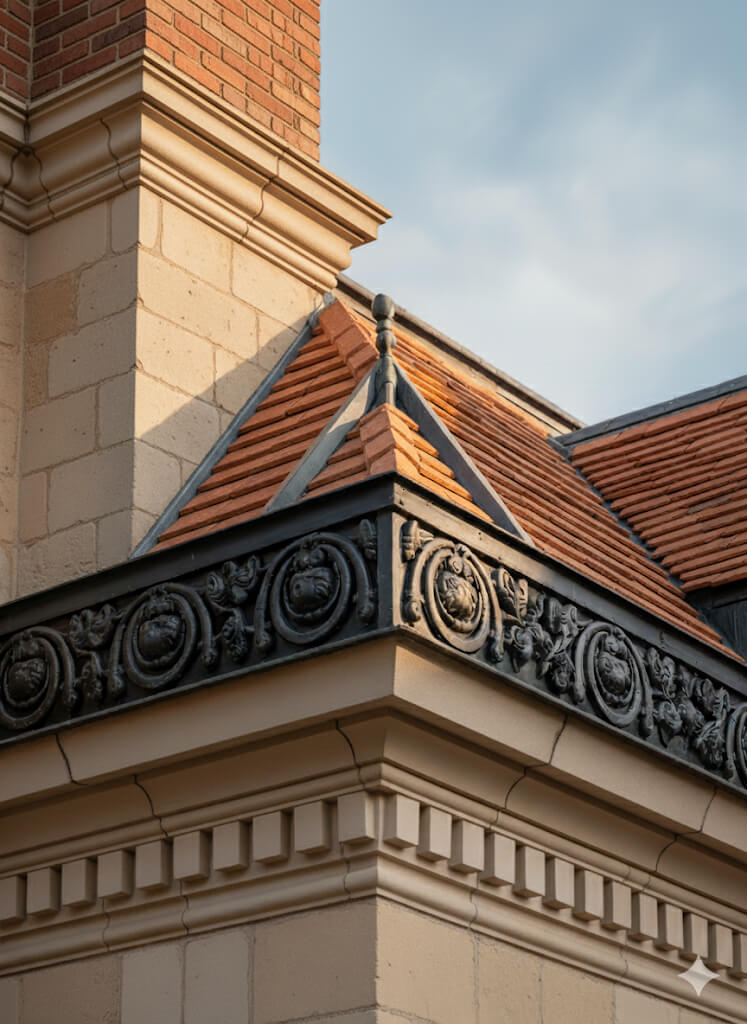
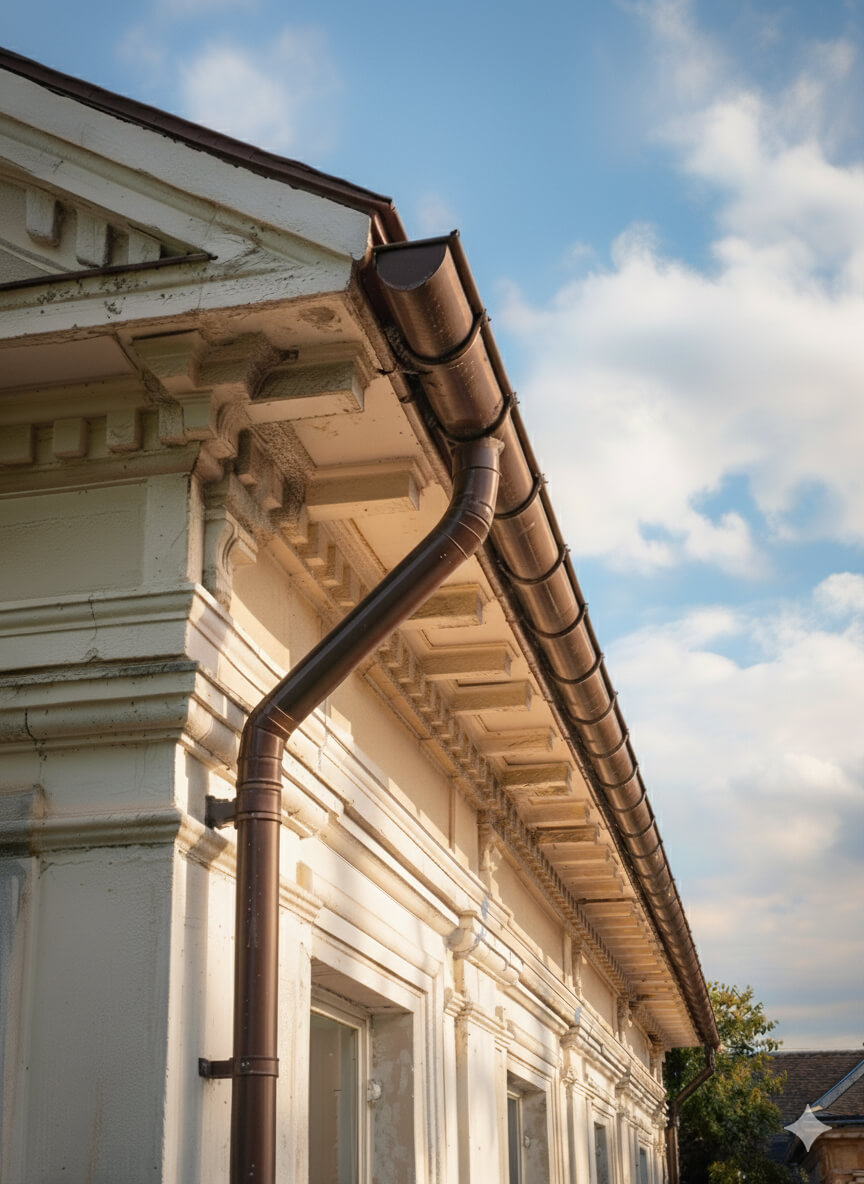

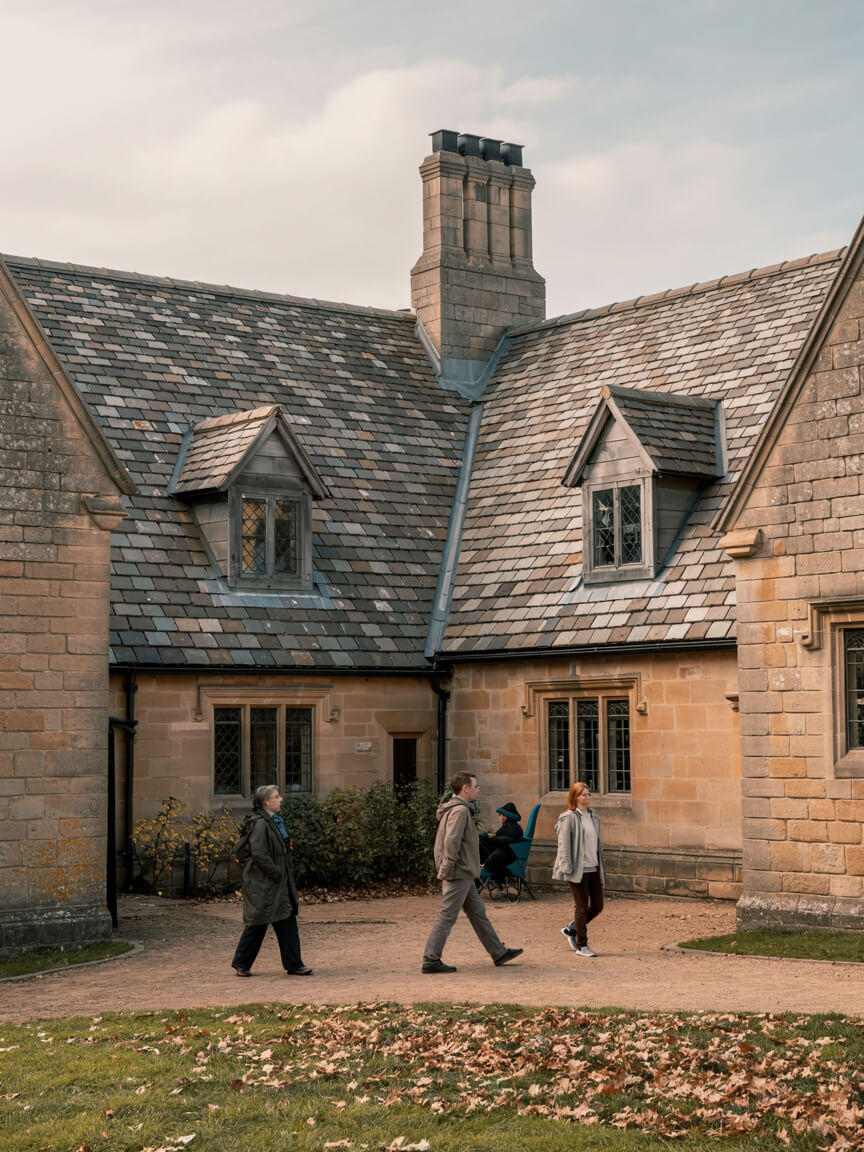
Every Roofing Services in Dartford project is adapted to property type, roof structure, and environmental demands. Tailoring ensures compliance with regulations, minimises disruption, and maximises long-term value. From homes and businesses to industrial sites and listed heritage buildings, our flexible approach guarantees roofing solutions that meet unique needs while delivering safety, efficiency, and reliability.
Homes, extensions, and listed buildings.
Offices, retail, schools, and hospitality.
Warehouses, factories, and logistics sites.
Every Roofing Services in Dartford project follows proven steps with quality materials. Whether a new installation, upgrade, or repair, each layer adds durability, safety, and efficiency—tailored to protect your property and meet regulatory standards.
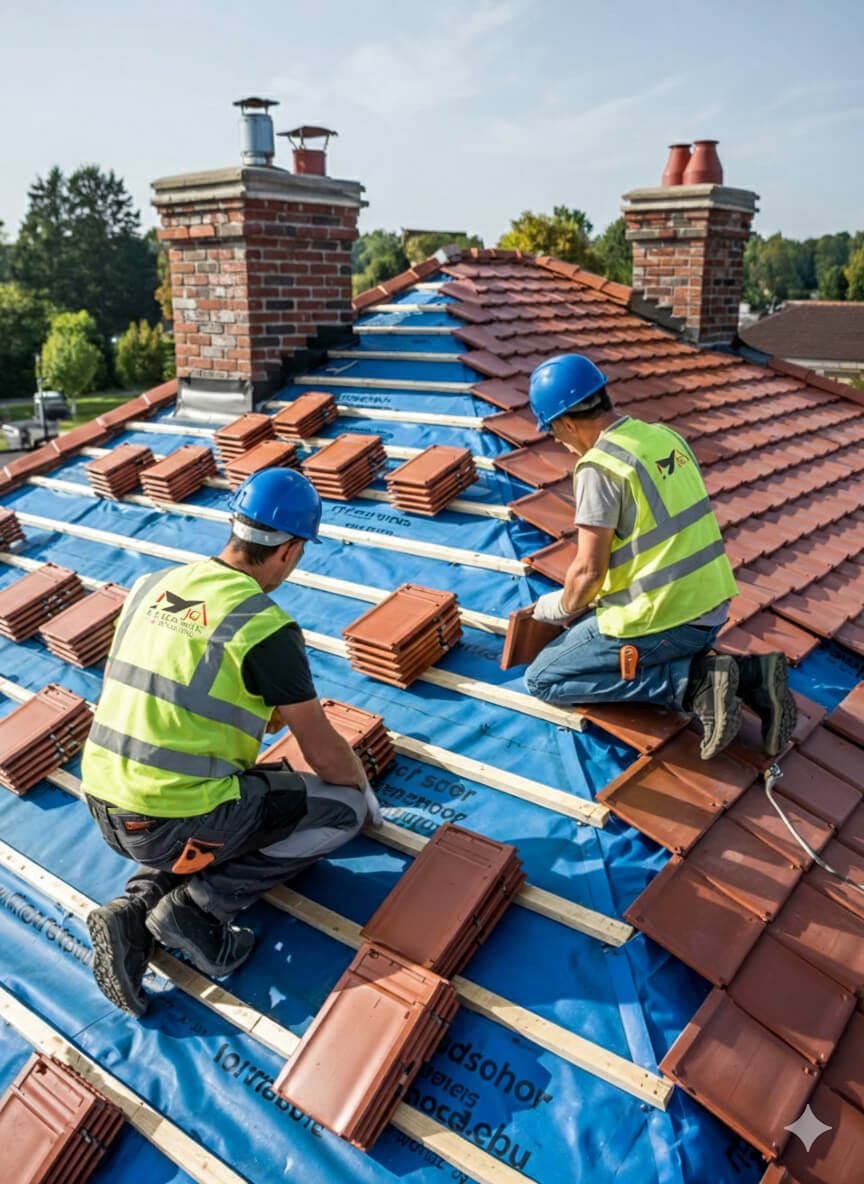
Get a free, no-obligation quote today.
Our experts are standing by to help you choose the perfect flat roofing solution.
⏱ Response within 24 hours guaranteed
Accredited by Which Trusted Trader, CITB, and approved by Kemper and Westwood, our team delivers safe, compliant, and warranty-protected Roofing Services in Dartford projects. These credentials mean guaranteed standards and long-term assurance—reinforced by the positive client reviews that consistently highlight quality, professionalism, and trust.


Complete reroofing. Living in Singapore at the time and T was super responsive and communicative.
Replacement of lead box gutter and new flashing to parapet wall. I had an excellent experience using James and the team. He was very prompt in all aspects of communication and completed a first class job. Really pleased.
James completed some repairs on our roof and replaced some of our pebble dash by the roof as well. He was very thorough and fixed everything. He kept us really informed by taking photos and showing us what he did and keeping us updated. It also went onto our neighbours roof and he did the same fo...
We had a leak in our bedroom and James fixed the roof for us to stop it from leaking. All the work came with a warranty. The work that was carried out was good. James and his team were polite, and did all the work quickly and without too much interruption to our day-to-day lives. Would recommend ...
J G Leadworks have repaired and replaced the roofs and gulleys over our warehouse and workshops which have meant both areas are now watertight
James and team were incredibly responsive to my request to look at a serious leak issue on my flat roof. They did a very thorough investigation and explained in detail the issue and gave a fair quote. They were quick to book in and complete the work and have checked in afterwards a few times to m...
James was quick to respond to the initial contact and was able to work around some time constraints I had. He explained what needed doing clearly and was happy to answer follow up questions. He took pictures to show each stage and I feel confident in the work that was done by James and the team. ...
JG Roofing were very easy to work with. Their quote was sensible and they stuck to that figure. They completed many repairs to my roof including, rebuilding a leaded gutter, reinforcing rotten rafters, rebuilding a long felted gutter and felting parapet walls, resurfacing and felting a flat roof,...
Planning and legal checks protect clients from costly errors, delays, and non-compliance, ensuring roofing projects meet regulatory and safety requirements.
Permission is typically required for listed properties, conservation areas, or major roof alterations. All projects must also satisfy Building Regulations, including Part A (structural safety) and Part L (energy efficiency), ensuring compliant and future-proofed installations.
Our team manages the full process, from initial surveys to legal guidance, preparing documentation, and liaising with local authorities where needed. Whether working on modern homes or heritage sites, we ensure every project is delivered legally, safely, and with minimal disruption—providing complete reassurance and peace of mind to property owners.

Every project unites skilled workmanship with rigorously tested materials.
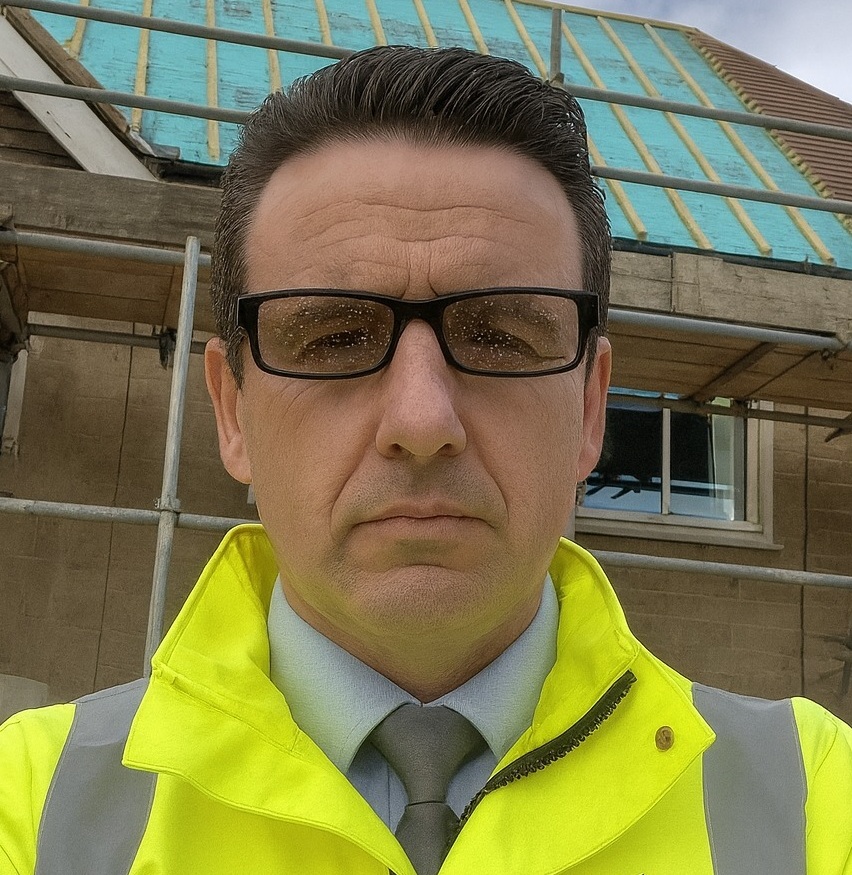
With 25 years of experience in lead sheet roofing, James is a trusted expert in heritage roofing, slate, and tiling. His knowledge of traditional methods, paired with modern compliance, makes him a go-to specialist for projects that demand both craftsmanship and durability.
Roofing Services in Dartford provides lasting protection, efficiency, and value, delivering durable, compliant roofing solutions that safeguard every type of property investment.
Selecting Roofing Services in Dartford involves balancing durability, budget, compliance, and aesthetics to secure the best-fit roofing solution for your property.
Why Clients Choose JG Leadwork and Roofing
With decades of trade experience, our teams understand the unique demands of London and Home Counties roofing. From heritage-listed properties to contemporary extensions, we adapt solutions to local regulations, weather conditions, and architectural styles with precision.
Accredited by Which Trusted Trader, CITB, and approved by Kemper, Westwood, IKO, ALM, and other leading suppliers.
These credentials guarantee safety, compliance, and access to manufacturer-backed warranties, giving clients peace of mind that their project meets the highest professional standards and benefits from warranty protection.
Our heritage projects use Welsh Slate and handmade clay tiles for authenticity, while leadwork is delivered to Lead Sheet Association (LSA) standards. Commercial installations employ Kemper and Westwood liquid systems for durability and efficiency. Each example demonstrates our reliability, blending traditional craftsmanship with modern performance.
Our workforce includes skilled roofers, heritage specialists, and safety-certified installers.
Every roofer holds NVQs, receives ongoing CPD training, and is qualified in both modern flat systems and traditional techniques, including slate and leadwork.
Team structure ensures projects run smoothly—surveyors identify needs, installers deliver with precision, and supervisors oversee compliance. This approach minimises disruption, accelerates timelines, and guarantees consistent quality across residential, commercial, and industrial roofing projects.
Every project is regulation-compliant, warranty-backed, and focused on long-term results.
Client testimonials and case studies confirm our track record, with projects praised for professionalism, durability, and customer support.
We go beyond installation with aftercare packages, maintenance support, and open communication at every stage. Property owners gain reassurance that JG Leadwork and Roofing stands behind its work. Book a free survey today and discover why homeowners, landlords, and businesses trust us with their roofing.

Get a free quote, rapid response, and expert service across London and the Home Counties. Contacting JG Leadwork and Roofing is your simple first step to dependable roofing solutions.
We source materials from leading suppliers including Supreme and IKO felt systems, Kemper, Westwood and Proteus liquid systems, Welsh Slate, handmade clay tiles, ALM Lead Mills, and Nicholson Air Track. These trusted brands guarantee durability, compliance, and warranty-backed performance across flat, pitched, heritage, and commercial roofing projects.
.
.
For homes, Roofing Services in Dartford safeguards comfort and enhances kerb appeal with durable, energy-efficient systems. Whether modern extensions or traditional pitched roofs, tailored solutions improve living standards and protect property value.
For businesses, Roofing Services in Dartford delivers cost-effective, large-scale installations with minimal disruption. Projects are planned around operations, with safety compliance, energy performance, and flexible scheduling built in—supporting offices, retail, schools, and industrial facilities with reliable, regulation-ready outcomes.
For heritage properties, Roofing Services in Dartford combines authentic materials such as Welsh slate, handmade clay tiles, and ALM lead with skilled conservation techniques. Listed building consent and conservation requirements are fully managed, ensuring traditional character is preserved while integrating modern weatherproofing. This careful balance provides long-term durability without compromising historic integrity or aesthetic value.
JG Leadwork and Roofing delivers Roofing Services in Dartford across housing, commercial, heritage, and public sectors. Every industry comes with unique requirements, from safety and compliance to efficiency and conservation. Our adaptability ensures projects are delivered with precision and professionalism—whether safeguarding homes, supporting business continuity, preserving history, or protecting critical public and healthcare facilities.
Durable roofing installed with minimal disruption, ensuring safe, regulation-compliant workspaces for staff and visitors.
High-standard, compliance-focused solutions protect community facilities while meeting strict safety and regulatory obligations.
Heavy-duty roofing tailored for wide spans, ventilation, and long-term maintenance efficiency.
Authentic materials and sensitive methods preserve historic character while adding modern protection.
Weatherproof systems that enhance kerb appeal and guarantee uninterrupted trading for outlets.
Tailored roofing improves guest comfort, safety, and ambience across hotels, restaurants, and venues.
Safe, durable systems designed for schools and universities with minimal learning disruption.
Specialist roofing solutions built for hygiene, safety, and regulatory compliance in medical environments.
Our team of NVQ-qualified roofers, LSTA-trained specialists, and health & safety-compliant professionals bring decades of combined experience. Every project is delivered with meticulous attention to detail, ensuring safe practices and consistent quality across flat, pitched, heritage, and commercial roofing disciplines.
Expertise includes heritage leadwork, slate and tile roofing, modern flat systems, and drone-assisted roof surveys. Ongoing CPD training ensures adaptability to both traditional craftsmanship and the latest innovations—giving clients confidence that every roof is built or repaired with proven skill and care.

A thorough survey highlights existing issues, structural considerations, and upgrade opportunities, ensuring the best-fit solution is identified from the very beginning.
Transparent, itemised quotes detail costs, timelines, and materials—giving you complete clarity and confidence before work starts, with no hidden surprises.
Scaffolding, access solutions, and robust safety measures are put in place to safeguard both property and people throughout the project.
Skilled roofers complete the work using accredited materials and proven techniques, delivering durable, compliant results while keeping disruption to a minimum—whether for repairs, replacements, or new installations.
Each stage is inspected against manufacturer standards and Building Regulations, with photographic documentation provided for transparency and peace of mind.
Each stage is inspected against manufacturer standards and Building Regulations, with photographic documentation provided for transparency and peace of mind.
In a competitive roofing market, many providers look the same on paper. JG Leadwork and Roofing stands out through proven expertise, accredited methods, and specialist techniques. Our combination of traditional craftsmanship and modern technology makes us the safer, smarter choice across residential, commercial, industrial, and heritage projects.
In a competitive roofing market, many providers look the same on paper. JG Leadwork and Roofing stands out through proven expertise, accredited methods, and specialist techniques. Our combination of traditional craftsmanship and modern technology makes us the safer, smarter choice across residential, commercial, industrial, and heritage projects.

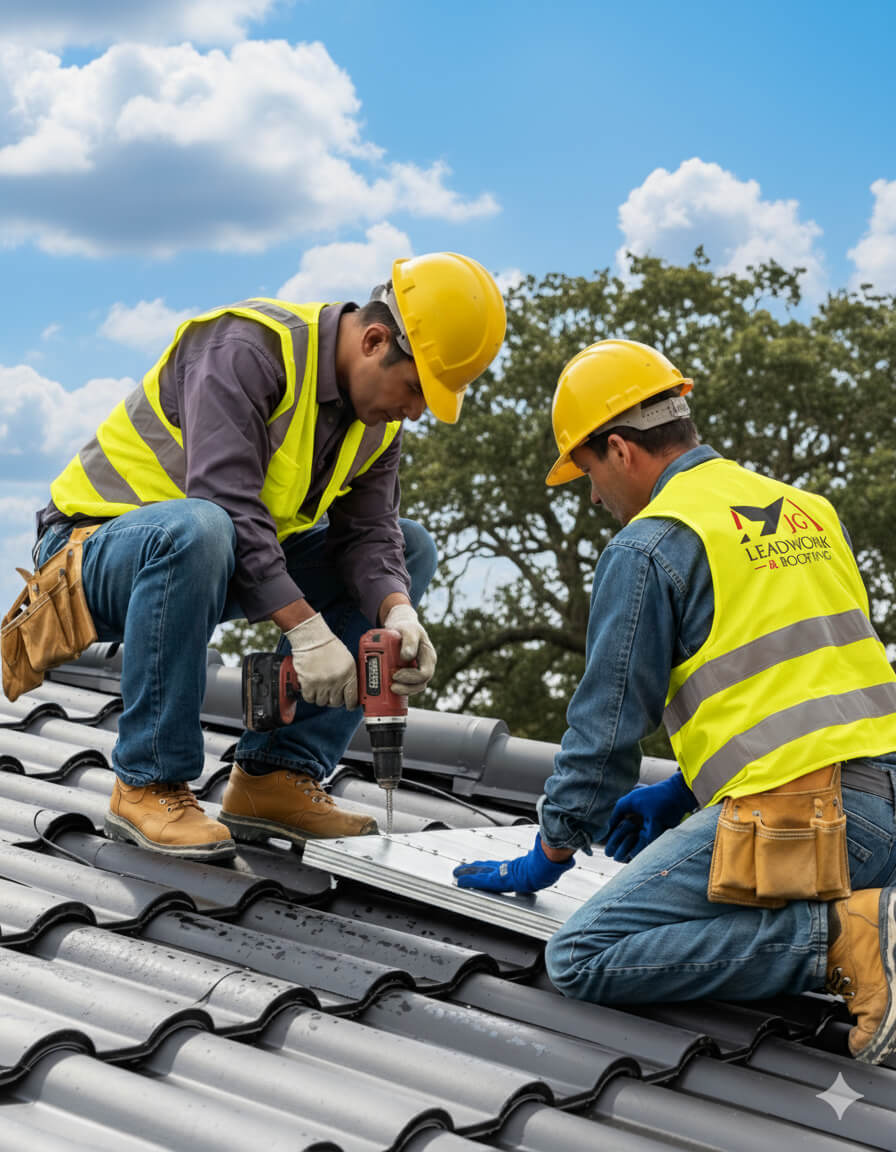
At JG Leadwork and Roofing, every project follows a structured QA process. Each stage—materials, installation, safety, and final sign-off—is measured against manufacturer specifications and UK Building Regulations to ensure durability, compliance, and warranty-backed performance across all roofing services.
Projects are only signed off once all QA checks are complete, giving clients confidence in long-term performance, structural safety, and insurance-backed peace of mind.
Every Roofing Services in Dartford project by JG Leadwork and Roofing is delivered in strict alignment with UK Building Regulations and recognised frameworks. This ensures structural safety, energy efficiency, durability, and protects warranties and insurance coverage across residential, commercial, industrial, and heritage properties.
Clients can be confident their project is completed legally, safely, and insurance-ready—delivering long-term performance, compliance assurance, and complete peace of mind.
Property owners often wonder about Roofing Services in Dartford—from costs and timescales to permissions. Below, you’ll find straightforward, trustworthy answers to the most frequent and practical queries.
Roof leaks following heavy rain are a widespread concern for property owners in Dartford and across the UK. Such water ingress not only threatens interior finishes and insulation, but, if left untreated, can lead to structural timber decay, compromised electrics, and costly insurance claims. Understanding the technical root causes behind rain-driven leaks is critical for prompt, effective repair and long-term property protection. Below, we break down the typical mechanisms behind these leaks, explain how to identify them, and highlight key design and environmental factors unique to UK buildings.
One major cause of roof leaks is the breakdown of waterproofing membranes or their seams. On flat roofs, materials like bitumen felt, EPDM (rubber), or GRP (fibreglass) form a continuous layer that repels water. Over time, UV exposure, foot traffic, and repeated freeze–thaw cycles degrade these materials, creating cracks, splits, or blisters. Where two layers overlap—known as seams—the adhesive or weld can fail, especially if moisture gets trapped or the installation was rushed. When the membrane is compromised, water seeps directly to the roof deck, often presenting as brown stains on ceilings, peeling paint, or persistent damp patches on upper walls. This mechanism is most common on roofs older than 15–20 years, or where periodic inspections have lapsed.
Another common culprit is defective flashings—the strips of metal or reinforced membrane used to seal joints between the roof and adjoining features such as chimneys, skylights, vent pipes, and wall abutments. In the UK, lead is frequently used due to its malleability and longevity, but any flashing can fail through fatigue cracking, wind uplift, or improper bedding. When flashing pulls away (even by a few millimetres), capillary action—water wicking upwards against gravity—can draw rain behind the seal, bypassing tiles and underfelts. Internally, this often reveals itself as localised damp, musty odours, or, in some cases, visible drips during wind-driven rain. Typical visual cues from the outside include missing mortar at chimneys, lifted edges, or past repairs with incompatible mastics. Heavy rainfall rapidly exposes these weaknesses, especially if roof slopes direct more water towards these vulnerable areas.
Environmental and design factors frequently compound other faults. On flat roofs, ponding water (water pooling for over 24 hours) is a key sign of inadequate drainage or sagging structure. UK Building Regulations recommend a minimum “fall” (slope) of 1:80 on new flat roofs, but older or heavily loaded roofs may settle, creating depressions where water accumulates. Prolonged standing water accelerates membrane degradation and increases the risk of leaks via seams and fixings. Elsewhere, insufficient ventilation or insulation can cause interstitial condensation, where warm moist air from within the property condenses beneath roofing layers—especially in winter. Tell-tale signs include damp loft insulation, black mould, or wet timber, often mistaken for a direct “rain leak” but, in reality, a result of trapped moisture. Part L of the Building Regulations stresses the importance of correct insulation and ventilation to prevent these issues.
Diagnosing roof leaks requires a systematic approach. A visual survey is the first step: look for loose or missing tiles, cracked flashing, ponding water, and obvious membrane splits. Internally, moisture metres can help pinpoint levels of damp in ceiling surfaces, while a borescope (small camera) allows non-invasive inspection inside roof voids for hidden stains or timber decay. For flat roofing, drone cameras can spot subtle surface depressions or area-wide seam failures not visible from ground level. Where persistent leaks elude detection, a core sample may be taken to analyse the layers for trapped moisture or hidden rot. It’s best to address both the visible symptom and the underlying cause; for example, treating both a failed seam and the blocked outlet causing ponding.
Common Leak Mechanisms: Summary Table
| Cause | Typical Symptom | Risk if Ignored | Indicative Remedy |
|---|---|---|---|
| Membrane/seam failure | Stains, ceiling damp | Rot, insulation damage | Membrane repair/replacement |
| Flashing pulled/damaged | Localised leaks | Structural damp, mould | Replace/resecure flashing |
| Ponding water (flat roofs) | Pools, visible dips | Accelerated wear, leaks | Improve drainage/falls |
| Poor ventilation/insulation | Mould, wet loft | Rot, energy loss | Upgrade vents/insulation |
Identifying the specific root cause is key—not just treating symptoms—ensuring that repairs are targeted, compliant, and long-lasting in the context of Dartford’s weather and building standards.
The price difference between slate and tile roofing in London comes down to more than just the material itself—labour, UK building regulations, heritage requirements, and site-specific conditions all play a pivotal role. For property owners and developers, understanding this cost structure is crucial for effective budgeting and legal compliance, particularly with regulations like BS 5534 (the UK slating and tiling code) and Part L (energy efficiency). Below, you’ll find a structured breakdown showing exactly how these factors shape your final investment.
Labour significantly impacts the overall cost. Slate roofing is valued for its appearance and longevity but demands highly skilled trades. Each slate is individually prepped and fixed, a painstaking process often reserved for specialists, especially on heritage projects or in conservation areas. The result is a higher labour bill due to the necessary craftsmanship and the slower pace of installation.
By comparison, tile roofs—especially those using modern clay or concrete interlocking tiles—are more uniform and usually faster to instal. Their method aligns with BS 5534 best practices and often results in lower labour costs per square metre. However, intricate roof designs or strengthening old roof structures (to meet today’s standards) can add back some complexity and cost.
Material price is the next major variable. Natural slate (such as Welsh or Spanish) typically costs more per square metre than most clay or concrete tiles, reflecting its quarrying, grading, and transport costs. There are cheaper, synthetic “slate” alternatives (like fibre-cement), but these lack the prestige, character, and durability of natural options and may not be suitable for listed or heritage properties.
Tiles—manufactured largely at scale—tend to be less expensive to buy and easier to match when repairs are needed. Clay tiles can come at a premium in conservation contexts, but standard concrete tiles are among the most cost-effective choices. Lifespan differs too: well-laid slate can last 80–120 years, while most tiles offer around 40–60 years of service before replacement is needed.
Both types must meet BS 5534 requirements for fixing, wind-uplift, and underlay. If the property is in a conservation area or is listed, planning authorities may require the use of authentic natural slate or handmade clay tiles to preserve the look and meet local conservation criteria. For all new or replacement roofs, Part L of the Building Regulations enforces minimum U-values (a measure of heat retention), so insulation beneath slates/tiles must meet strict standards. Ignoring these rules can result in blocked planning approval or expensive corrections.
London-specific conditions come into play:
| Factor | Slate Roofing | Tile Roofing | Why it Matters |
|---|---|---|---|
| Material Cost (m²) | £45–£120 | £25–£60 | Higher outlay for premium slates |
| Labour Intensity | High (skilled) | Moderate (efficient) | Slate is slower, needs expertise |
| Typical Lifespan | 80–120 years | 40–60 years | Slate lasts longer, less turnover |
| Compliance Needs | BS 5534, heritage | BS 5534, Part L | Both must meet UK building regs |
| Replacement Ease | Harder (custom match) | Easier (mass market) | Tiles are quicker to source/replace |
The real price difference comes from how these factors—labour, materials, regulation, heritage, and location—interact on your specific roofing project.
The duration of roof installation in the UK depends on the roofing system, building size, property type, and access. Most standard domestic projects—such as typical house roof replacements or new coverings—can take anywhere from three days to two weeks. Larger commercial buildings, complex heritage properties, or roofs requiring bespoke details may need several weeks or longer. Knowing realistic timeframes is important for planning access, budget, and minimising day-to-day disruption—especially for landlords, facility managers, and heritage custodians managing schedules, asset protection, and legal compliance.
Timely execution matters not just to keep works on track but also to protect interiors from weather. Complex commercial and heritage projects typically demand more pre-installation steps and carefully sequenced work, which adds to the project timetable.
Multiple stages shape an installation’s total timeline:
1–3 days for access, material orders, and safety planning.
1–2 days on standard homes; longer for layers or intricate construction.
1–3 days if timbers, insulation, or added ventilation are needed.
1–2 days for standard pitched roofs, more for specialist shapes.
1–2 days.
Usually completed in a day.
Unplanned works—such as replacing unexpected rotten timbers or handling adverse weather—may add time even to well-scheduled jobs.
Several site- and environment-related factors can lengthen or complicate roofing projects:
Larger roofs, steep pitches, dormers, or multiple chimneys require more time.
Terraced, listed, or closely packed buildings may need specialist scaffolds or permits.
Listed and protected buildings require more surveying, consents, and method controls.
The UK’s high rainfall risk and freeze–thaw cycles can force stoppages—especially in winter or high winds. Some systems (liquid membranes, torch-on felts) require dry, above-freezing weather for safe application.
A flexible timetable protects you from project overruns—contractors often schedule roof works in spring, summer, or early autumn to avoid weather delays.
Keeping a roof performing well over time relies on routine, proactive maintenance:
Many warranties require regular, documented roof inspections to remain valid.
Attending to minor problems early—like slipped tiles or moss—prevents major repair bills later.
The lifespan of a Dartford roof depends on its material, exposure, and maintenance. This table compares common options:
| Material | Typical Lifespan | Inspection Frequency | Maintenance Needs |
|---|---|---|---|
| Natural Slate | 80–100 years | Every 5 years | Minimal; replace slipped slates |
| Clay Tiles | 60–80 years | Every 5 years | Occasional fixings, moss removal |
| Concrete Tiles | 40–60 years | Every 3–5 years | Check for cracks, edge frost damage |
| Felt (Flat) | 10–20 years | Every 2 years | Seal edges, patch blisters/cuts |
| EPDM Rubber | 25–40 years | Every 2–3 years | Inspect seams/edging, clear debris |
| GRP (Fibreglass) | 30–40 years | Every 3 years | Inspect joints for cracks |
| Liquid Systems | 25–40 years | Every 3 years | Check for recoating as advised |
A roof that is regularly inspected and maintained will typically outlast neglected ones. Proactive care curbs disruption, supports insurance compliance, and limits your risk of unexpected costly failures.
The choice between roof repair and full replacement in Dartford often centres on finding the best balance between immediate cost and long-term value. Every property owner—whether a homeowner, landlord, or business—needs financial clarity, not just a quick fix. A methodical analysis ensures your investment delivers genuine risk reduction, lasting quality, and the backed-up assurances demanded for insurance and resale. Understanding how costs, warranties, and installer credentials interact will help you make an informed, future-proof decision.
Several concrete factors govern your outlay for repairs or replacement:
| Service Type | Typical Range (UK) | Key Influences |
|---|---|---|
| Roof Repair | £250 – £1,200 | Damage type, access, materials |
| Roof Replacement | £5,000 – £15,000+ | Size, structure, insulation, finish |
A one-off repair may be sensible for isolated problems on an otherwise healthy roof. Yet when problems multiply, ongoing repairs can quickly outweigh the investment in a full, compliant replacement that brings 10-20 years of low-maintenance reassurance.
The real safeguard for your budget comes from the insurance-backed warranty that’s standard on reputable roof replacements:
These warranties typically last 10–20 years and are routinely demanded by building insurers or lenders—especially at the point of sale or policy renewal. They’re also expected for Part L compliance, which means your roof meets energy efficiency rules needed for insurance and modern marketability.
In contrast, repair work might carry only a short warranty—often 1–5 years—and only applies to specific areas serviced. Whole-roof protection is rarely available unless the entire covering and structure are renewed to current standards.
The installer’s credentials are as critical as the products used:
Choosing an established, accredited installer isn’t simply about credentials—it’s your best risk management tool and a guardrail against regulatory fines or denied insurance claims.
What appears to be cost-saving can spiral into far greater long-term expense and risk:
Those “budget” solutions usually create a rolling cycle of patch jobs that add up to more than a properly warranted, regulation-compliant roof—leaving you shouldering the liability instead of passing it to the insurer or warranty provider.